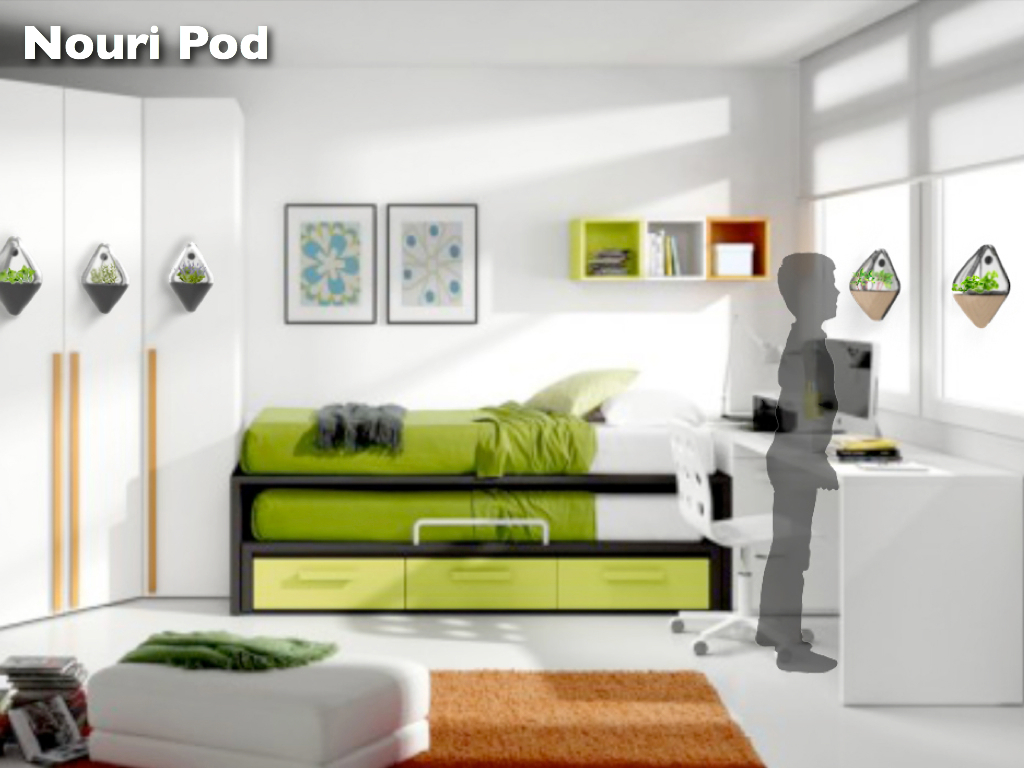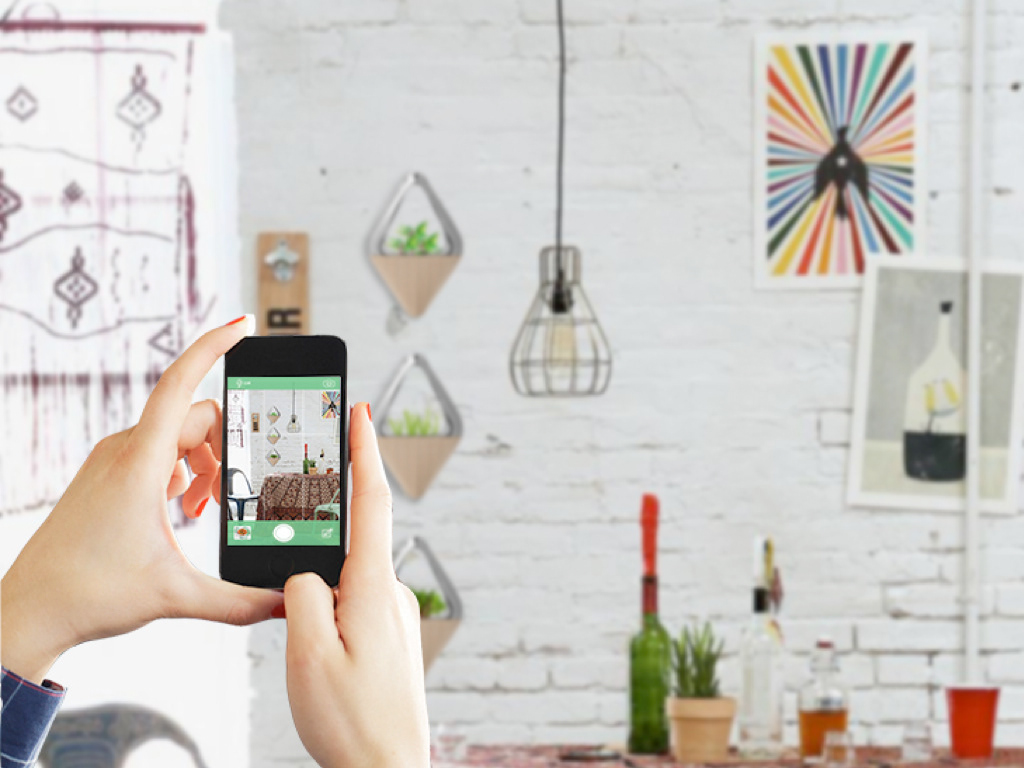

WHAT IS A FOOD DESERT?
The USDA, Treasury and HHS have defined a food desert as a census tract with a substantial share of residents who live in low-income areas that have low levels of access to a grocery store or healthy, affordable food retail outlet. 2.3 million people live in low-income rural areas that are more than 10 miles from a supermarket.
WHY IS THIS BAD?
The lack of access healthy affordable foods contributes to a poor diet and can lead to higher levels of obesity and other diet-related diseases, such as diabetes and heart disease.

I have chosen urban dwelling teens as my target market because by location, they are at more of a risk of living in a jungle of unhealthy food vendors. Young adults are also the pioneers of the future, and if motivated early on to develop healthy living habits, the following generations may also maintain such lifestyles.

During times of war, food scares, and drought, urban gardens have been used to sustain the human population.
Urban gardening is becoming more prevalent as people increase their awareness of food deserts, food miles, and the benefits of organic foods.
Rooftop farms make excellent use of the ample space atop buildings.
Aquaponic urban farms have also been developed and make use of old shipping containers.
Community gardens like this one found in Savannah, GA, create jobs, aid in reducing crime, organize communities, while at the same time increasing both the health of the people and the environment.
Fast food restaraunts and school cafeterias are also converting their menus to offer more wholesome, healthy options.

In 1986, Carlo Petrini led a group protest against the globalization of fast food. Thus, he began the Slow Food Movement, which envisions a world in which all people can access and enjoy food that is good for them, good for those who grow it and good for the planet. In short, Slow Food is the antithesis of fast food.
Alice Waters, the proprietor of Chez Pannisse in Berkeley, CA is the modern mother of the Slow Food Movement.
Alice established the Edible Schoolyard at Berkeley’s Martin Luther King, Jr., Middle School. I incorporates a one-acre garden, an adjacent kitchen-classroom, and an “eco-gastronomic” curriculum.

Products in the urban gardening market are becoming more and more informative for the user’s benefit.
The UrbMat is one such product that functions simply by providing novice gardeners with a template for
companion planting while also providing irrigation.
Hydroponics (the use of water as the main growing medium for plants) are becoming more user friendly, along with aquaponics (the symbiotic use of fish and plants for gardening), and vermacultures (worm composting).
Vertical systems such as the Urbio are popular in places where space is limited.




- Teens crave nostalgia.
- Teens can tell real from fake.
- Teens love innovation.
- Teens yearn to stand out and fit in at the same time.
- Teens can’t wait to grow up.
- Humor appeals strongly to teens.
- Temporary is better than permanent
- Food is overcoming fashion.

I plan to take advantage in teens’ budding interest in food and create a product that shows the direct relationship between delicious foods and gardening.
This product will be DIY based, which appeal to their current interest in such activities, aid in reducing costs, allow for individuality through customization, and provide teens with the opportunity to learn hands on.
An app will accompany the product, allowing teens share pictures of their plants and recipes they come up with, provide them with nutritious & delicious recipe inspiration, educate them about gardening, help them keep their plants healthy, and add an element of fun & gamification.

I began my ideation phase by focusing first on exploring various systems for my product.

Soon, I realized that the simpler the system, the better. To push myself towards this focus, I then developed a number of concepts for planters with simple, built in irrigation systems.

Once I settled upon a design, I could finally focus on a form that would correspond with the tastes of modern, urban teens

I chose to create a physical prototype in order to gain a better understanding of the product’s size and shape. The prototype would also aid in devloping packaging further along the way


I chose the following materials because they allow for customization & can all be easily & responsibly disposed of after the products use.








Camera Interface








